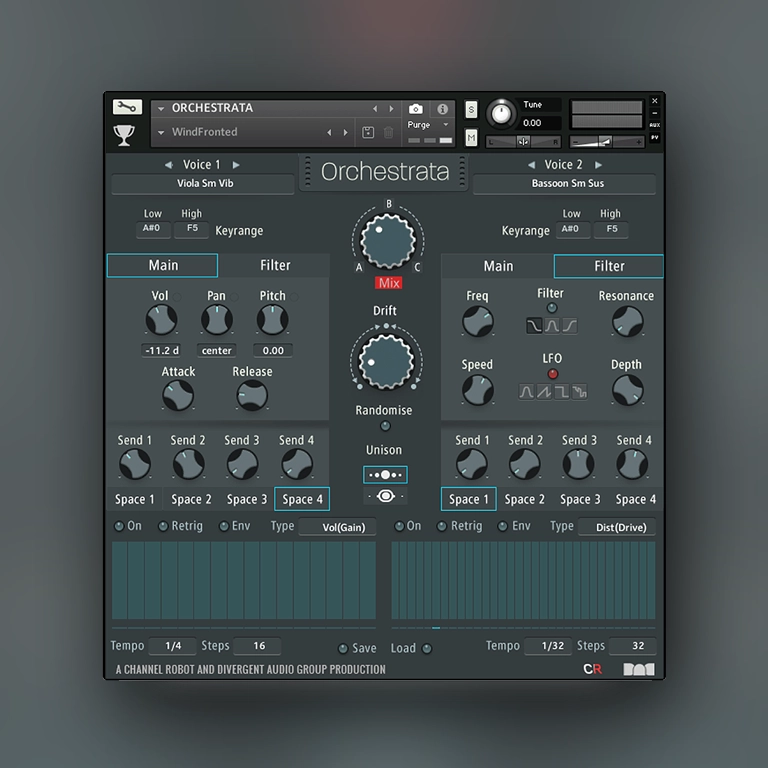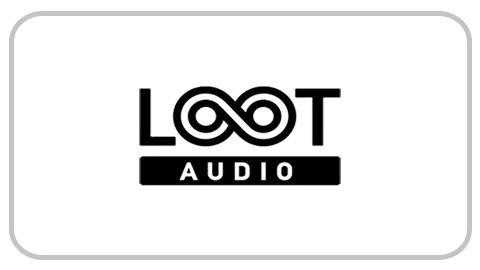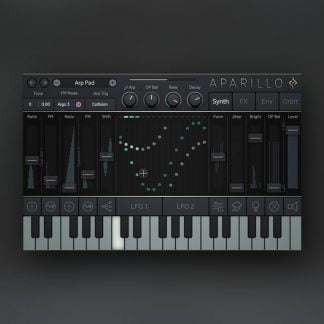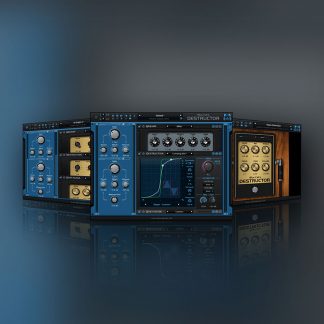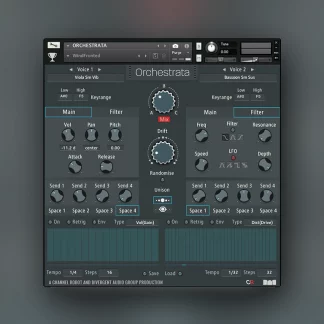Audio Reward Orchestrata
€23.45
Orchestrata is a dual-voice orchestral ROMpler for Kontakt 5.7+, but isn’t intended to be a replacement for high-priced, large-gigabyte Orchestral sample libraries, it offers a range of features and sound-shaping effects, most commonly found in synthesiser systems, that allow you to obtain new orchestral and cinematic sounds, unlike any other.
Orchestrata contains samples from 12 orchestral instruments, each instrument has a range of appropriate articulations, and each articulation is sampled as a large section (5+ players), small section (3 players) and solo instrument.
The instruments included are:
• Bassoon
• Oboe
• Clarinet
• Flute
• French Horn
• Tuba
• Trombone
• Trumpet
• Contra Bass
• Cello
• Viola
• Violin
SAMPLES
Orchestrata used as its source a set of high quality public-domain Orchestral Samples. We took these and re-worked them through our dedicated sampling process, in effect re-sampling the audio, taking special care that the results would work with our DOSA engine. Then we edited and re-mastering the files through our valve and tape mastering processes.

